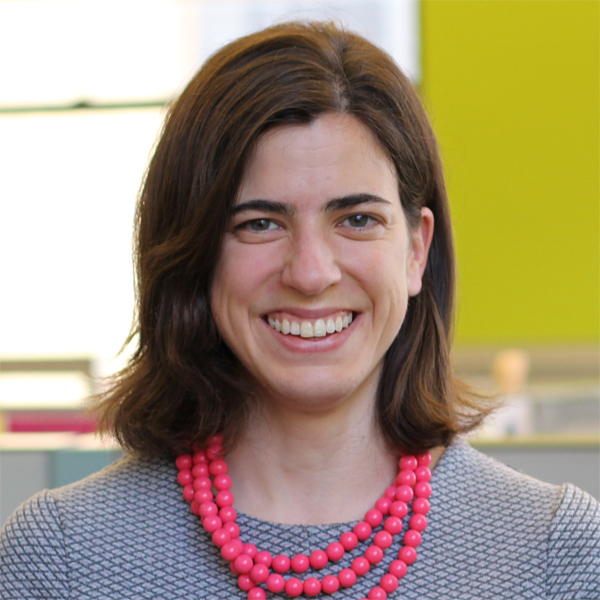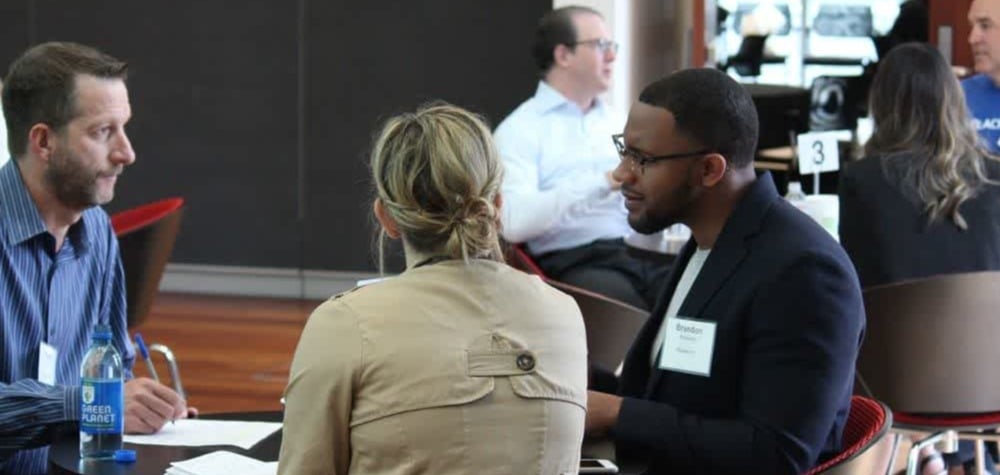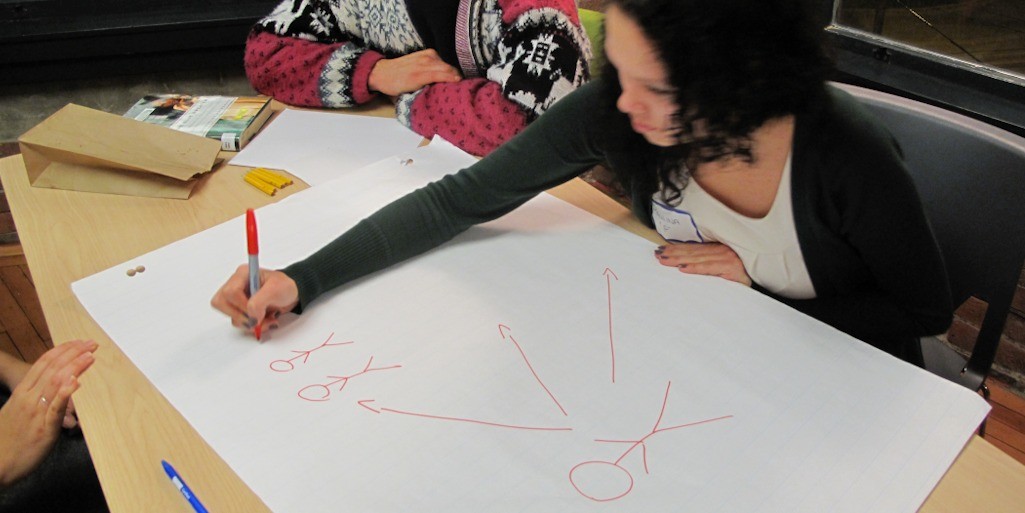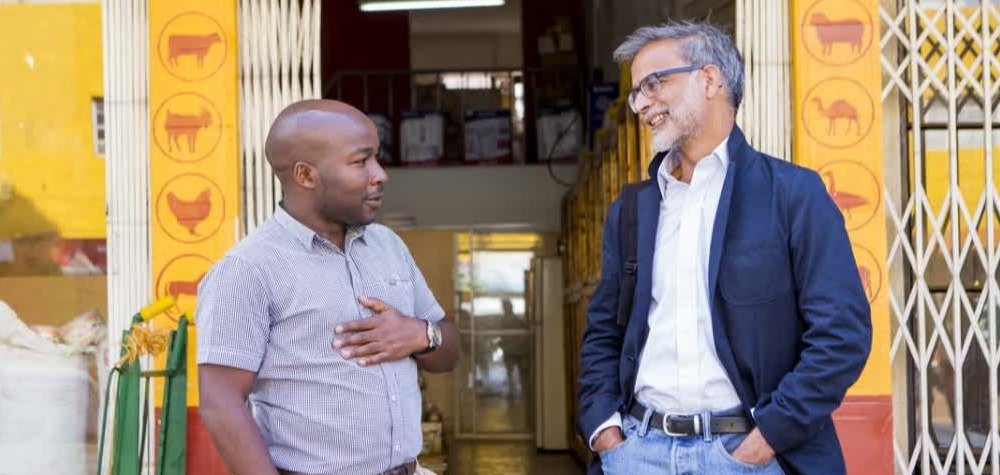Build Your Business
Business model lessons from a nonprofit entrepreneur scaling access to legal services in South Africa
Winnie Martins of the Centre for Community Justice and Development shares 8 key lessons on developing nonprofit social enterprise models
June 01, 2019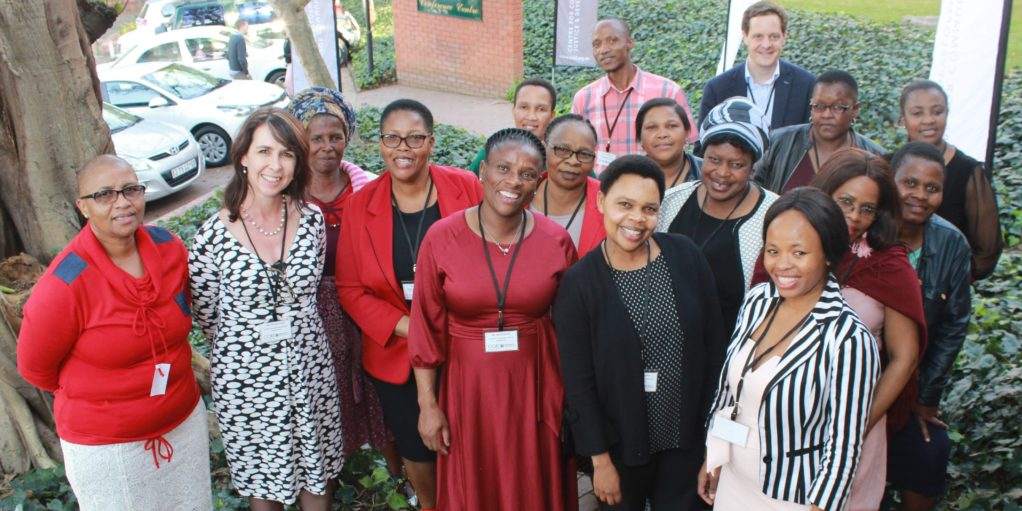
When Winnie Martins took the helm of the Centre for Community Justice in 1997, the organization was operating within The University of KwaZulu-Natal in South Africa. The Centre had done important work for many years, hosting high-profile conferences on policing, prosecution, and the criminal justice system during apartheid. The conferences led to the establishment of influential working group and one of the first high-level meetings of major political parties on the issue of policing.
When Winnie was appointed executive director, she recognized that the Centre needed to expand their mandate from conducting research to directly serving the surrounding community.
“We used to go out into the community and conduct research and then come back and write research papers,” she recalls, “When I became executive director, we began to recognize that our work was not actually that relevant to those local community people. The work might be relevant to academics at the law school, but what about community members around the university? It’s not good for us to just go and administer questionnaires and collect information from community people without leaving something of value to them.”
With the changing political order from apartheid to democracy, CCJ shifted its focus away from research to expanding people’s access to their new rights. In 1997 it started the Community Outreach Programme and established advice offices at institutions of criminal justice around KwaZulu-Natal. Paralegal staff aimed to work with police and magistrates to help women and children in rural areas who were victims of rape, sexual assault and other forms of abuse. They equipped women and children with the knowledge and skills to learn about and claim the rights guaranteed by the new democratic constitution.
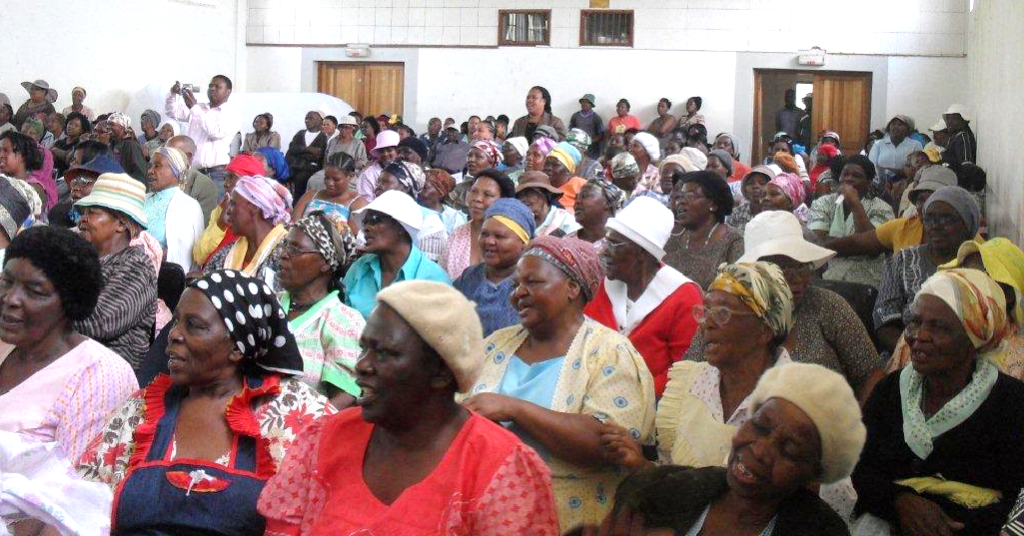
Soon an increasing number of men also wanted help with issues such as labour disputes and obtaining pensions, social grants and child maintenance. To meet this need, the advice offices widened their scope and used the law and state services to try to solve almost any legal, social or personal problem that individuals had.
Under Winnie’s leadership, the organization became a nonprofit social enterprise focused on the intertwined mission of “justice” and “development” for local communities surrounding the university.
Today, the organization supports a network of 15 advice offices that provide free legal services to rural South Africans.
To support this work, Winnie quickly realized that grant funding alone was not going to be sufficient. She needed more flexible capital to provide continuous free legal services to the poor and pay paralegals.
Yet, she also faced much skepticism as she sought to bring principles of social enterprise into the legal field.
“I often heard people say that profit and social change are poor partners. Often profit can be associated with exploitation, manipulation, and abuse. This could be true depending on the kind of business you’re doing and it is something that one must bear in mind. However, if you can develop a social enterprise that incorporates progressive values of a responsible society and holds the power of a profit motive in check, it can become a powerful sustainability tool,” she observes.
Winnie began putting these principles into practice. She launched a consulting practice to sell the organization’s research services to other organizations. She also saw a market opportunity in real estate. A few years ago, the University of KwaZulu-Natal was facing a housing shortage for students. Winnie knew that many of the children who were being served by CCJD’s community advice offices in rural areas were having difficulty finding housing when they started school. “Our offices are 400 meters from the university. I have a history of working in the university. CCJD was run within the university for 18 years,” Winnie explains. This made her uniquely positioned to identify a market opportunity: “We were responding to the student accommodation crisis that the university was facing.”
Winnie had CCJD buy several properties and turn them into student housing. She outsourced the management of these properties and collected monthly rent from the university. “This meant that with our social enterprise we were addressing a problem. We saw that students would always be coming to the university looking for accommodation. We had a client (the university) and the solution we could provide is not far from our work. The majority of children who are struggling with accommodation are from rural areas and so, again, the organization is addressing a problem faced by the core demographic we serve. We are making sure students from the families we serve are staying in a conducive environment that encourages learning so that they can pass and go and contribute to society. There was definitely a connection between our core work and our social enterprise.”
Although it might seem that real estate investment is unrelated to legal empowerment, Winnie leveraged the organization’s existing relationship with the university and their trusted connections to rural communities to connect supply and demand in a creative way. She built a business model she was uniquely positioned to operate.
To sustain it's work today, the organization combines fees from consulting services and the operation of a student dormitory with traditional grant and donor funding.
Winnie has spent many years working as a social entrepreneur while also researching how social enterprise can be applied in the legal empowerment sector. In 1999, she was named an Ashoka Fellow, a title that recognizes people who champion innovative ideas that transform society’s systems.
She’s reflected extensively on what social entrepreneurship means and how other nonprofits can begin to apply it: “There is a definition proposed by a scholar called Santos that I really like. He simply says social entrepreneurship is the process of pursuing innovative solutions to social problems. That is very short and sweet. It’s the definition I’ve adopted in our work. I always think about how we can help others in an innovative way with very limited resources, but trying to make sure you make the most of whatever resources you do have. You make sure those resources generate more money so that we generate more social wealth and more people benefit and their quality of life improves so they are able to seek justice."
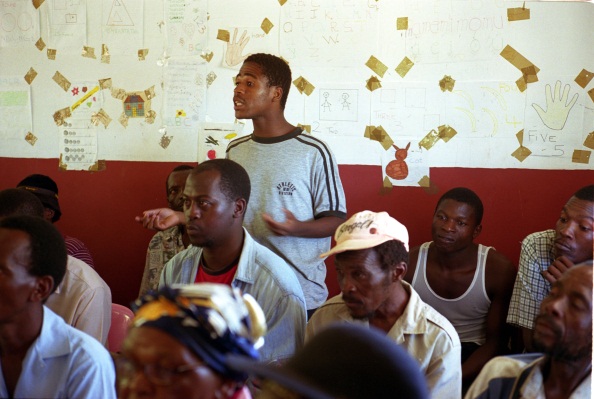
Here are 8 key lessons about developing social enterprise models that Winnie would share with other nonprofit entrepreneurs looking to launch an earned income initiative to sustain their work:
1. Identify your nonprofit's "entrepreneur."
“You need to have an individual within an organization who is enterprising. That individual brings the whole group together around an idea. And they come up with solutions that are workable. Without an innovative individual within the organization, it is very difficult to advance anything because then it means many people will come and go. This kind of work needs to be done by so many people and each person will contribute to the success, but you need to have one committed individual to drive the vision forward,” Winnie advises.
2. Find a source of funding aligned with your core mission.
“Your social enterprise should not be far off from your core business so that you do not get distracted from your main mission. That is very, very important,” Winnie says. She points to Reel Gardening in Capetown and Brien Holden Vision Institute as two other examples of South African social enterprises that have done this well.
3. Find a community of people who share your vision of entrepreneurial change.
“The first thing an individual exploring a social enterprise venture must know is that they must have courage because it is not an easy thing. You need to go and meet with other entrepreneurs and figure out how they’ve started their enterprise, be it commercial or social. You also need to collaborate with those who share your vision both within your organization and outside your organization. Start finding people who share your vision."
"They can give you advice on whether what you’re thinking is going to work or not.”
4. Think about how you'll differentiate your offering in the market.
“You need to look at the competitive advantage of whatever (product or service) you want to introduce. You cannot just go and identify some projects and pursue them all at the same time. You need to be thinking about how you will get clients. It helps to be creative in your enterprise because everyone might be doing similar things. Why will yours be different from others, especially one that is run by a nonprofit?”
5. Learn to communicate your idea in the simplest way possible so people understand it.
“Your communication should be very clear about your project. State it in the simplest way possible so that people can understand. Talk to your other funders and inform them about your ideal and how it fits into an overall sustainability strategy.” Winnie has found it critical to bring lots of different types of people along with her thinking, ranging from the bankers to local staff at community advice offices. She has found that using straightforward language helps them understand her vision.
6. Pay attention to the team.
“You really have to hire people who want to do more than a job because you really won’t be paying competitive salaries compared to the private sector.” Look for people who have passion and commitment for the work and will not just be motivated by financial incentives.
7. Be prepared to take risks.
“You need to take a risk because in any enterprise—be it commercial or social enterprise—you can lose the money or you can invest all your money and not get anything in return. So a lot of work needs to go in to mitigating this risk. But if you’re over-cautious, you won’t be able to start something.”
8. Not everyone can be a social entrepreneur.
“It is an individual choice. You have to be committed to that organization. You have to be committed to seeing that organization surviving. If you know you will only be there for a few years before exploring greener pastures, then you won’t give the new venture your best attention. You also have to have passion. Are you passionate about that project and what you are trying to achieve through that sustainable funding? Because if you are passionate, it means you won’t give up on that project."
"The businesspeople were very skeptical. They were saying that we were here to make money so it’s not going to work for us. So that was a lesson learned on my part, but I never gave up until I was able to launch this project that became our sustainability strategy. Social entrepreneurs are not fully compensated for their time, their risk and their effort. So not everyone can just do it. You can only do it if you are passionate and committed to what you are doing because you will have to go the extra mile, take risks, and spend more hours than necessary to make sure this thing will work over and above your other work. Be prepared to pursue a vision relentlessly.”
